In Images: Glowing is Widespread in Marine Fishes
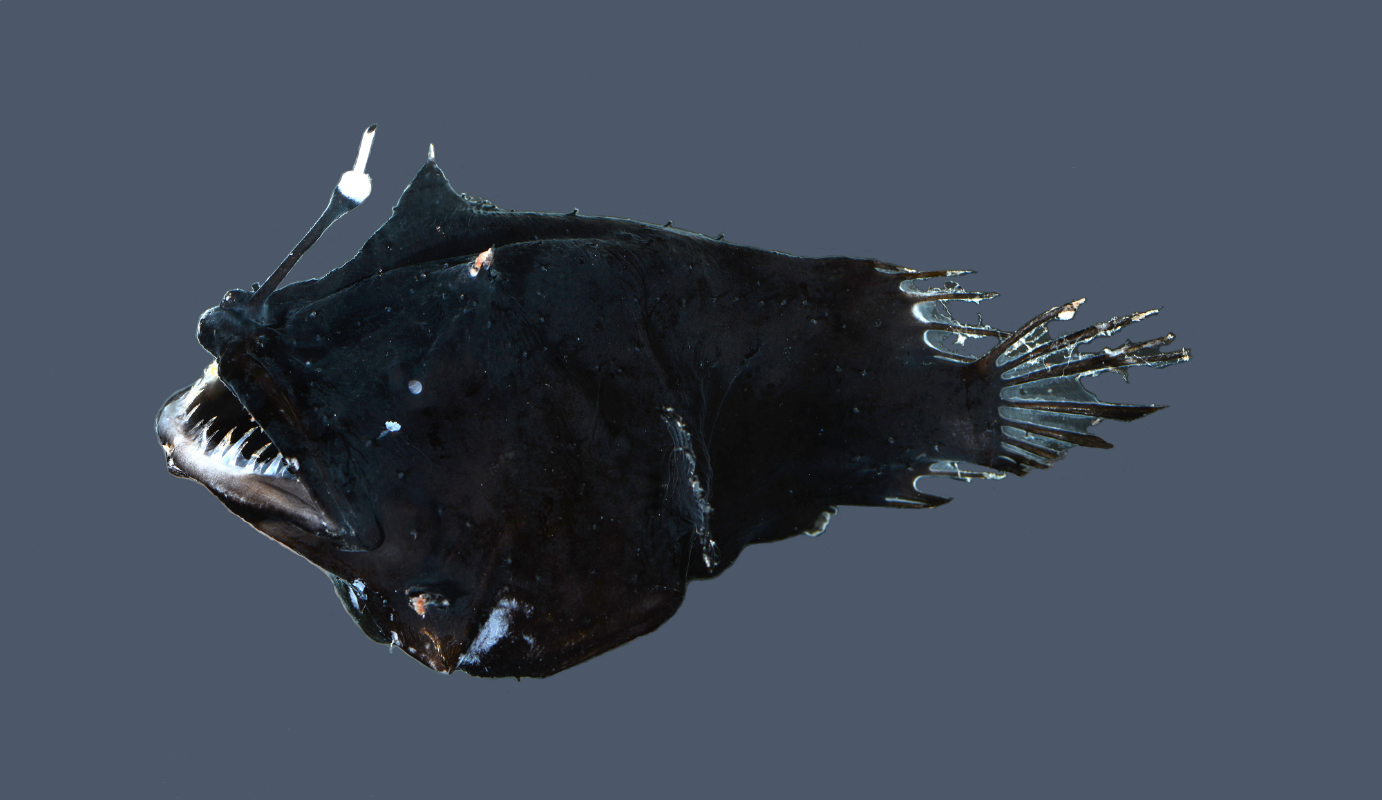
Flashlight fish
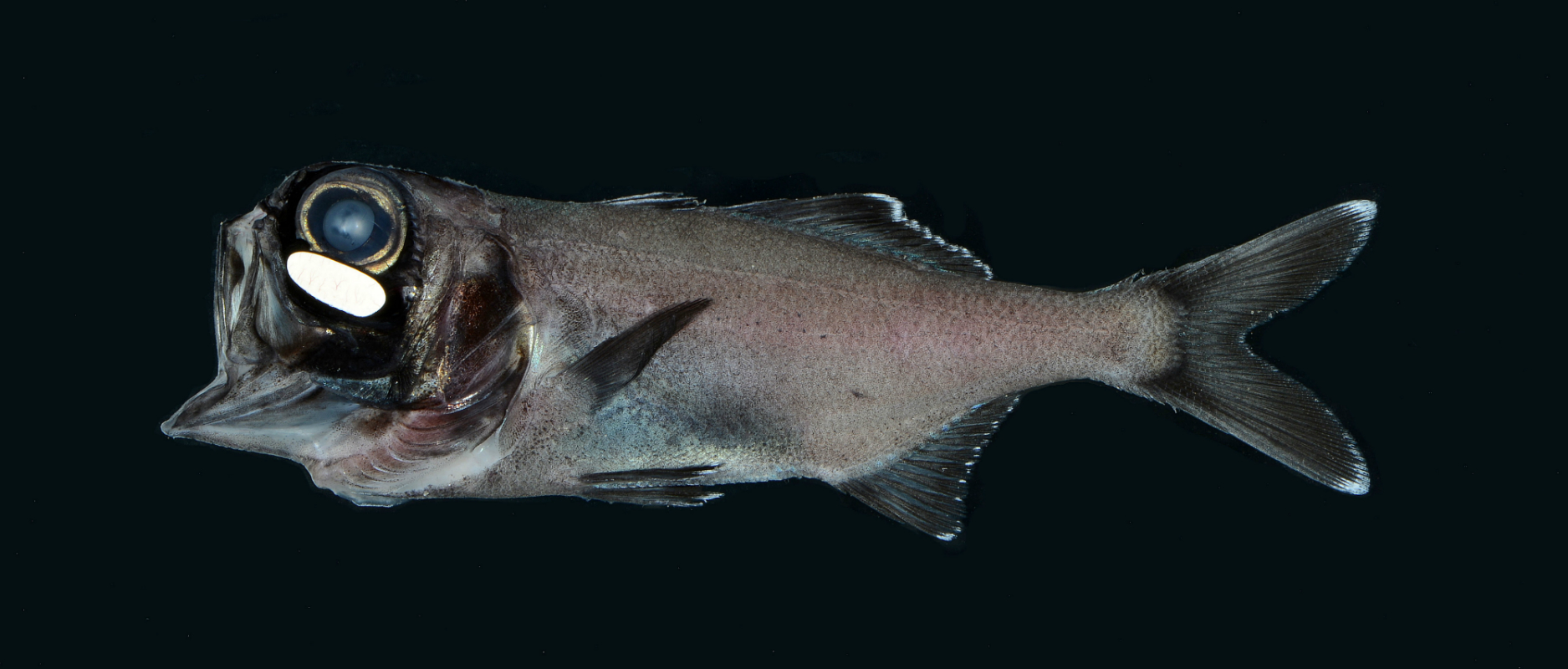
A flashlight fish from the genus Anomalops, which has pockets under its eyes that are filled with bioluminescent bacteria.
Read the full story about bioluminescence in marine fishes
Barbeled dragonfish

Barbeled dragonfish are bioluminescent deep-sea fish with a long protrusion — known as a barbel — attached to their chins and tipped with a light-producing organ called a photophore.
Loosejaw dragonfish
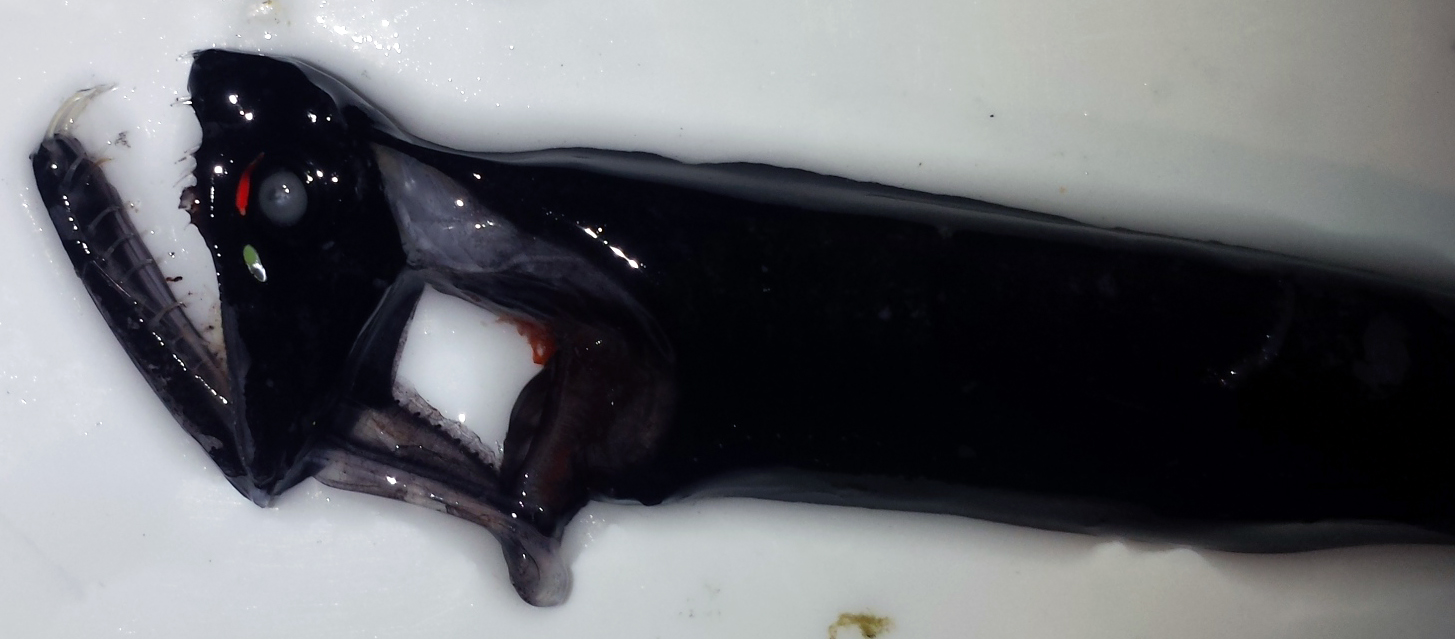
A recently collected loosejaw dragonfish (Malacosteinae) with bioluminescent eye organs.
Flashlight fish photophore

Close-up of the bioluminescent light organ (white patch) in a splitfin flashlight fish (Anomalops katoptron).
Glowing light organ
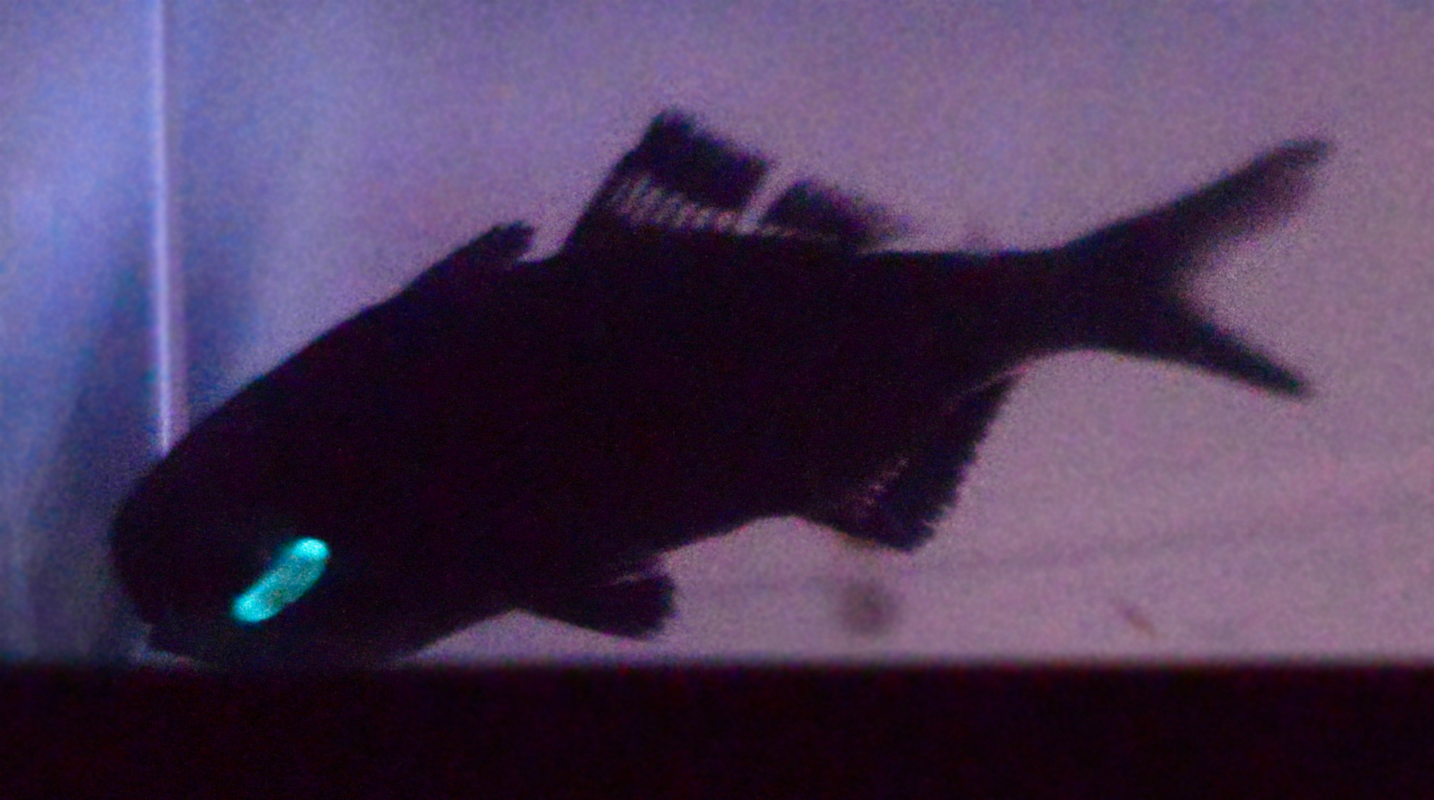
A splitfin flashlight fish (Anomalops katoptron) glowing as it swims in an aquarium.
Bristlemouth

Gonostoma is a genus of bristlemouth, the most abundant vertebrates on Earth. Bristlemouths have light organs on their bellies, which break up the silhouette of the fish’s body to predators below and serves as a sort of camouflage.
Get the world’s most fascinating discoveries delivered straight to your inbox.
Read the full story about bioluminescence in marine fishes
Black-belly dragonfish

A recently collected black-belly dragonfish (Stomias atriventer) with a bioluminescent chin barbel.
Collecting bioluminescent fish

Scientific and technical crew of the research vehicle "Robert Gordon Sproul," bringing the Isaacs-Kidd midwater trawl on board after a four-hour tow through the deep sea.
Deep-sea hatchetfish
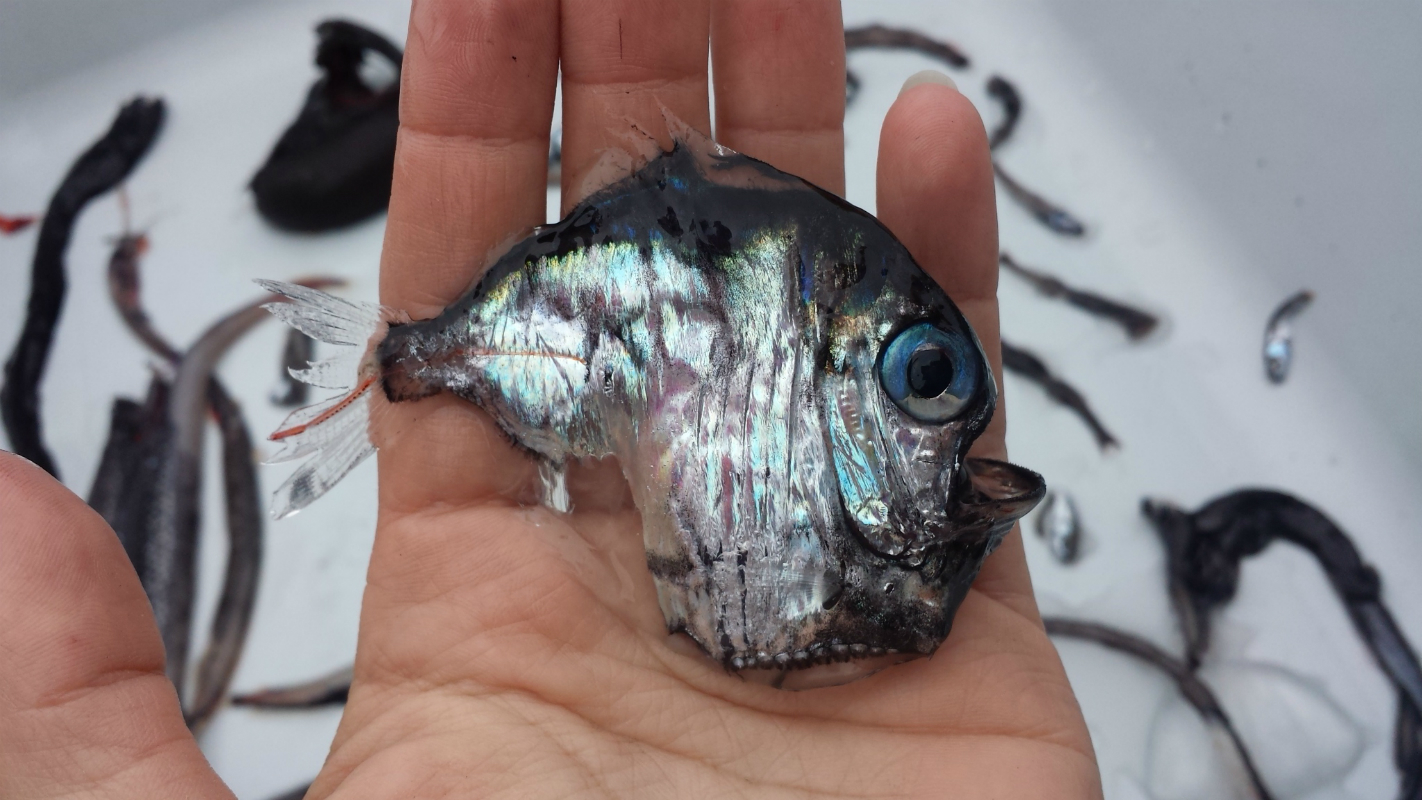
A recently collected deep-sea hatchetfish (Sternoptyx) with bioluminescent ventral organs.
Dragonfish

Black-belly dragonfish (Stomias atriventer) collected in a midwater trawl at a depth of 600 meters.
Hatchetfish

The deep-sea hatchetfish, which gets its name from the distinct hatchet-like shape of its body, has light-producing organs known as photophores that run along the length of its body and point downward. Hatchetfishes use these structurally complex photophores to mimic any down-welling sunlight and disappear from predators lurking below.

Mindy Weisberger is a science journalist and author of "Rise of the Zombie Bugs: The Surprising Science of Parasitic Mind-Control" (Hopkins Press). She formerly edited for Scholastic and was a channel editor and senior writer for Live Science. She has reported on general science, covering climate change, paleontology, biology and space. Mindy studied film at Columbia University; prior to LS, she produced, wrote and directed media for the American Museum of Natural History in NYC. Her videos about dinosaurs, astrophysics, biodiversity and evolution appear in museums and science centers worldwide, earning awards such as the CINE Golden Eagle and the Communicator Award of Excellence. Her writing has also appeared in Scientific American, The Washington Post, How It Works Magazine and CNN.
 Live Science Plus
Live Science Plus





